Grow Dill Indoors? Absolutely! Imagine having fresh, fragrant dill readily available, even when the snow is falling outside. No more sad, wilted bunches from the grocery store – just vibrant, flavorful dill at your fingertips. For centuries, dill has been cherished not only for its culinary uses but also for its medicinal properties. Ancient Egyptians used it for soothing digestion, and Roman gladiators believed it brought them good luck!
But let’s be honest, sometimes life gets in the way, and a sprawling outdoor garden just isn’t feasible. That’s where the magic of indoor gardening comes in. I’m here to share some simple, effective DIY tricks and hacks that will empower you to successfully grow dill indoors, regardless of your experience level.
Whether you’re a seasoned gardener looking to extend your growing season or a complete beginner eager to start your green journey, this guide is for you. We’ll cover everything from choosing the right container and soil to providing the perfect light and watering schedule. Get ready to unlock the secrets to a thriving indoor dill garden and enjoy the fresh, herbaceous flavor of dill year-round!
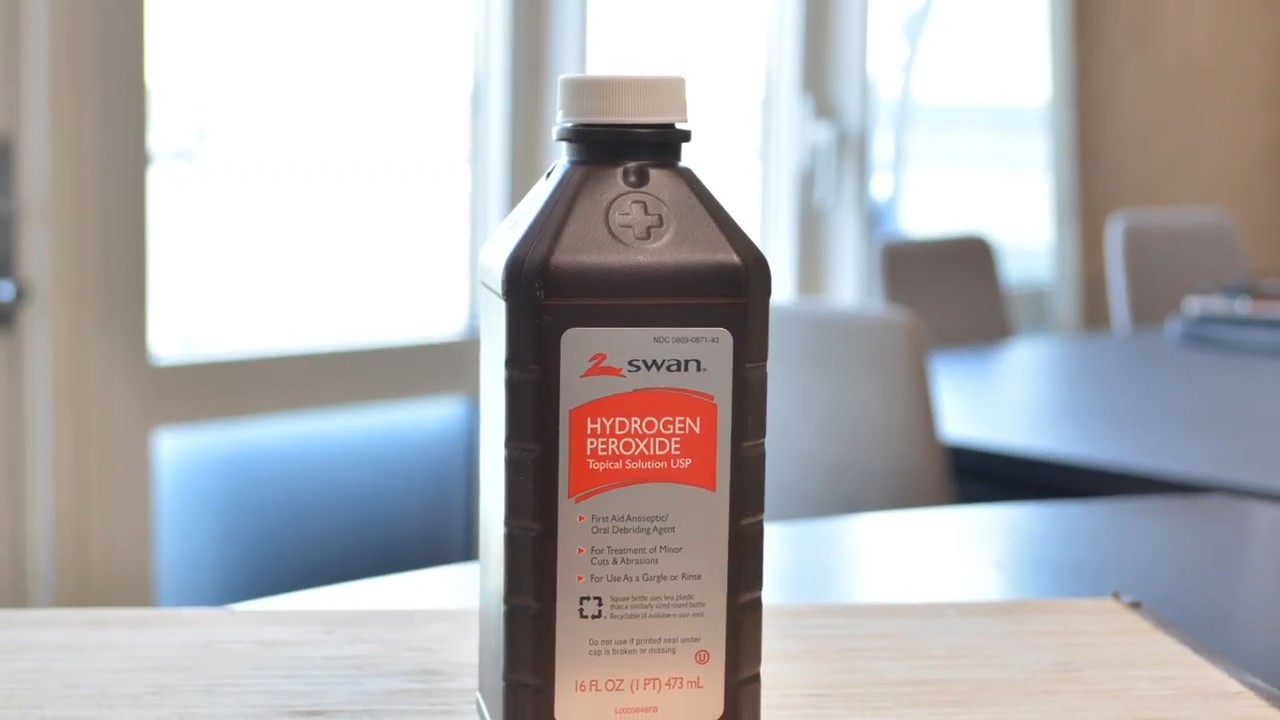
Growing Dill Indoors: A Comprehensive Guide
Hey there, fellow plant enthusiasts! I’m so excited to share my secrets for successfully growing dill indoors. Fresh dill is a game-changer in the kitchen, and having it readily available, especially during the colder months, is a total win. Trust me, with a little know-how, you can enjoy fragrant, flavorful dill right from your windowsill. Let’s dive in!
Choosing the Right Dill Variety
Not all dill varieties are created equal, especially when it comes to indoor growing. Some get incredibly tall and leggy, which isn’t ideal for a confined space. I’ve found that these varieties work best:
* **Dwarf Dill:** As the name suggests, this variety stays compact, making it perfect for pots.
* **Fernleaf Dill:** Another excellent choice for indoor growing, Fernleaf dill is known for its bushy growth habit and abundant foliage.
* **Bouquet Dill:** This is a popular choice for its flavor and relatively compact size.
Gathering Your Supplies
Before we get our hands dirty, let’s make sure we have everything we need. Here’s a checklist:
* **Dill Seeds:** Choose a reputable seed supplier for the best germination rates.
* **Potting Mix:** Use a high-quality, well-draining potting mix. Avoid garden soil, as it can compact and hinder drainage. I prefer a mix specifically formulated for herbs.
* **Pot:** Select a pot that’s at least 6 inches in diameter and has drainage holes. Dill needs room for its roots to grow.
* **Grow Lights (Optional but Recommended):** While dill can grow near a sunny window, grow lights will ensure consistent growth, especially during winter.
* **Watering Can or Spray Bottle:** For gentle watering.
* **Small Shovel or Trowel:** For planting the seeds.
* **Seed Starting Tray (Optional):** If you prefer to start your seeds indoors before transplanting.
Planting Your Dill Seeds
Now for the fun part! I usually start my dill seeds directly in the pot where they’ll be growing, but you can also start them in a seed starting tray if you prefer.
1. **Prepare the Pot:** Fill your pot with the potting mix, leaving about an inch of space at the top. Gently pat down the soil to remove any large air pockets.
2. **Sow the Seeds:** Sprinkle the dill seeds evenly over the surface of the soil. Dill seeds need light to germinate, so don’t bury them too deeply.
3. **Cover Lightly:** Sprinkle a very thin layer of potting mix (about 1/4 inch) over the seeds.
4. **Water Gently:** Use a watering can or spray bottle to gently moisten the soil. Be careful not to dislodge the seeds.
5. **Provide Light:** Place the pot in a warm, sunny location or under grow lights. If using grow lights, position them a few inches above the soil surface.
6. **Maintain Moisture:** Keep the soil consistently moist but not soggy. Check the soil moisture daily and water as needed.
Germination and Early Growth
Patience is key! Dill seeds typically germinate in 7-14 days. Once your seedlings emerge, it’s important to provide them with the right conditions to thrive.
1. **Thinning (If Necessary):** If you have too many seedlings growing close together, thin them out to allow for better air circulation and growth. Snip off the weaker seedlings at the soil line, leaving the strongest ones spaced about 2-3 inches apart.
2. **Light:** Ensure your dill seedlings receive at least 6 hours of direct sunlight per day or 12-14 hours of light from grow lights. Insufficient light can lead to leggy growth.
3. **Watering:** Continue to water regularly, keeping the soil consistently moist. Avoid overwatering, which can lead to root rot.
4. **Fertilizing (Optional):** If you notice your dill seedlings are growing slowly, you can fertilize them with a diluted liquid fertilizer specifically formulated for herbs. Follow the instructions on the fertilizer label. I usually fertilize every 2-3 weeks.
Caring for Your Indoor Dill Plant
Once your dill plant is established, it’s relatively easy to care for. Here are some tips to keep it healthy and productive:
1. **Watering:** Water deeply whenever the top inch of soil feels dry to the touch. Avoid letting the soil dry out completely.
2. **Light:** Continue to provide plenty of light. Rotate the pot regularly to ensure even growth on all sides.
3. **Temperature:** Dill prefers temperatures between 60-70°F (15-21°C). Avoid placing it near drafts or extreme temperature fluctuations.
4. **Humidity:** Dill prefers moderate humidity. If your indoor air is dry, you can increase humidity by placing a tray of water near the plant or using a humidifier.
5. **Pruning:** Regular pruning encourages bushier growth and prevents the plant from becoming leggy. Pinch off the top leaves of the stems to promote branching.
6. **Pest Control:** Keep an eye out for common pests like aphids and spider mites. If you notice any pests, treat them with insecticidal soap or neem oil. I prefer to use organic pest control methods whenever possible.
Harvesting Your Dill
The best part! You can start harvesting dill leaves as soon as the plant is about 6-8 inches tall.
1. **Harvesting Leaves:** Use scissors or your fingers to snip off the leaves as needed. Harvest from the top of the plant to encourage continued growth.
2. **Harvesting Seeds (Optional):** If you want to harvest dill seeds, allow some of the flower heads to mature and dry on the plant. Once the seeds are brown and dry, you can harvest them and store them in an airtight container.
3. **Succession Planting:** To ensure a continuous supply of fresh dill, sow new seeds every few weeks. This is especially important if you’re harvesting frequently.
Troubleshooting Common Dill Problems
Even with the best care, you might encounter some problems when growing dill indoors. Here are some common issues and how to address them:
* **Leggy Growth:** This is usually caused by insufficient light. Provide more light by moving the plant to a sunnier location or using grow lights.
* **Yellowing Leaves:** This can be caused by overwatering, underwatering, or nutrient deficiencies. Check the soil moisture and adjust your watering accordingly. If the problem persists, try fertilizing with a diluted liquid fertilizer.
* **Root Rot:** This is caused by overwatering and poor drainage. Make sure your pot has drainage holes and avoid letting the soil stay soggy.
* **Pests:** As mentioned earlier, aphids and spider mites are common pests of dill. Treat them with insecticidal soap or neem oil.
Extra Tips for Success
Here are a few extra tips that I’ve learned over the years:
* **Use a Self-Watering Pot:** If you tend to forget to water your plants, a self-watering pot can be a lifesaver.
* **Provide Air Circulation:** Good air circulation helps prevent fungal diseases. You can use a small fan to improve air circulation around your dill plant.
* **Don’t Overcrowd:** Avoid planting too many dill plants in the same pot, as this can lead to overcrowding and reduced growth.
* **Enjoy Your Harvest!** Use your fresh dill in salads, soups, sauces, and other dishes. You can also dry or freeze dill for later use.
Drying and Storing Dill
If you have a bumper crop of dill, you might want to dry or freeze some for later use. Here’s how I do it:
Drying Dill
1. **Harvest:** Harvest fresh dill sprigs.
2. **Rinse and Dry:** Rinse the sprigs gently and pat them dry with a paper towel.
3. **Bundle:** Tie the sprigs together in small bundles.
4. **Hang:** Hang the bundles upside down in a cool, dark, and well-ventilated place.
5. **Dry:** Allow the dill to dry completely, which can take several days to a few weeks.
6. **Store:** Once the dill is dry, crumble the leaves and store them in an airtight container.
Freezing Dill
1. **Harvest:** Harvest fresh dill sprigs.
2. **Rinse and Dry:** Rinse the sprigs gently and pat them dry with a paper towel.
3. **Chop:** Chop the dill leaves into small pieces.
4. **Freeze:** Place the chopped dill in ice cube trays and fill with water or olive oil. Freeze until solid.
5. **Store:** Transfer the frozen dill cubes to a freezer bag or container and store in the freezer.
Using Your Homegrown Dill
Now that you have a supply of fresh or preserved dill, it’s time to get creative in the kitchen! Here are some of my favorite ways to use homegrown dill:
* **Salads:** Add fresh dill to salads for a burst of flavor.
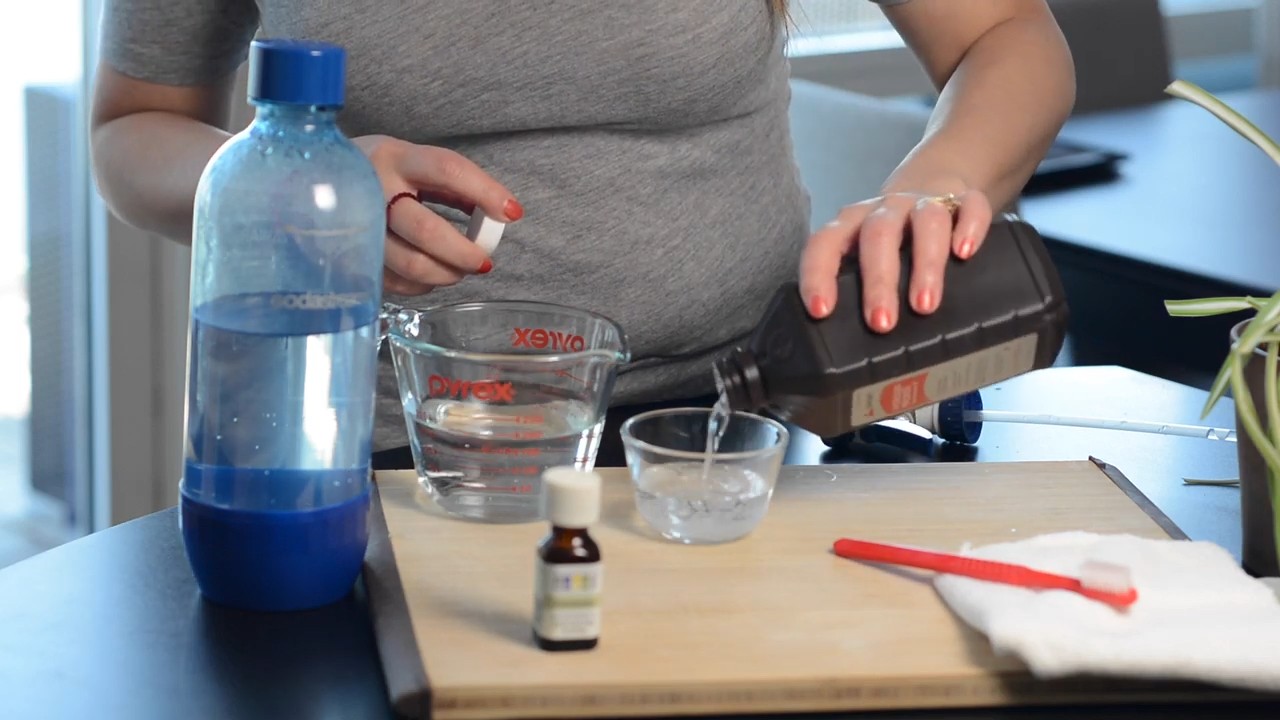
Conclusion
So, there you have it! Growing dill indoors is not only achievable, but it’s also incredibly rewarding. Imagine having fresh, fragrant dill readily available, no matter the season, to elevate your culinary creations. Forget those sad, wilted bunches from the grocery store – with a little effort, you can cultivate your own thriving dill patch right on your windowsill.
This DIY trick is a must-try for several reasons. First and foremost, it guarantees a constant supply of fresh dill, a herb that truly shines when used immediately after harvesting. The flavor is simply unmatched. Secondly, it’s a fantastic way to add a touch of green to your indoor space, bringing a bit of the garden inside. And finally, it’s a surprisingly simple and cost-effective project. You don’t need a green thumb or extensive gardening experience to succeed.
But don’t stop there! Feel free to experiment with different varieties of dill. ‘Bouquet’ dill is a popular choice for its compact size and abundant foliage, making it ideal for indoor growing. You could also try ‘Fernleaf’ dill, known for its feathery leaves and slightly sweeter flavor. Consider using different types of containers as well. While a standard pot works perfectly well, you could also explore self-watering planters or even repurpose old jars or containers for a more rustic look. Just ensure they have adequate drainage.
Another variation to consider is companion planting. Dill is known to attract beneficial insects, so you might want to consider growing it alongside other herbs like parsley or chives. Just be mindful of their individual light and watering requirements.
The key to successful indoor dill cultivation is consistent care. Remember to provide plenty of sunlight, water regularly, and fertilize occasionally. Don’t be afraid to prune your dill plant to encourage bushier growth and prevent it from becoming leggy. And most importantly, don’t be discouraged if you encounter a few challenges along the way. Gardening is a learning process, and every mistake is an opportunity to improve your skills.
We are confident that you’ll find growing dill indoors to be a fulfilling and delicious experience. It’s a simple way to enhance your cooking and bring a touch of nature into your home. So, grab some seeds, find a sunny spot, and get started today!
We’d love to hear about your experiences! Share your tips, tricks, and photos of your indoor dill gardens in the comments below. Let’s create a community of indoor dill enthusiasts and inspire others to try this rewarding DIY project. Let us know if you have any questions, and happy growing!
Frequently Asked Questions (FAQ)
What is the best time of year to start growing dill indoors?
You can start growing dill indoors at any time of year! Unlike outdoor gardening, indoor growing isn’t dictated by the seasons. As long as you can provide the necessary light, water, and nutrients, your dill will thrive regardless of the time of year. However, starting in early spring might give your dill a head start, allowing it to establish itself before the hotter summer months.
How much sunlight does indoor dill need?
Dill requires at least 6 hours of direct sunlight per day to thrive. A south-facing window is ideal, but an east- or west-facing window can also work if it provides sufficient light. If you don’t have access to enough natural light, consider using a grow light to supplement. LED grow lights are energy-efficient and provide the full spectrum of light that plants need to grow. Position the grow light a few inches above the dill plant and keep it on for 12-14 hours per day.
What type of soil is best for growing dill indoors?
Dill prefers well-draining soil that is rich in organic matter. A good potting mix specifically formulated for herbs or vegetables is a great choice. You can also create your own potting mix by combining equal parts of potting soil, perlite, and compost. Perlite helps to improve drainage, while compost provides essential nutrients. Avoid using garden soil, as it can be too heavy and may contain pests or diseases.
How often should I water my indoor dill plant?
Water your dill plant when the top inch of soil feels dry to the touch. Avoid overwatering, as this can lead to root rot. When you water, water thoroughly until the water drains out of the bottom of the pot. Allow the excess water to drain away completely. During the summer months, you may need to water more frequently than during the winter months.
Do I need to fertilize my indoor dill plant?
Yes, dill benefits from regular fertilization. Use a balanced liquid fertilizer diluted to half strength every 2-4 weeks during the growing season (spring and summer). Look for a fertilizer that is specifically formulated for herbs or vegetables. Avoid over-fertilizing, as this can burn the roots.
How do I harvest dill from my indoor plant?
You can start harvesting dill leaves once the plant is about 6-8 inches tall. Simply snip off the leaves with scissors or pruning shears. Start by harvesting the outer leaves first, as this will encourage the plant to produce more new growth. You can also harvest the dill flowers, which have a stronger flavor than the leaves.
How can I prevent pests and diseases from affecting my indoor dill plant?
To prevent pests and diseases, start with healthy seeds or seedlings and use a clean potting mix. Inspect your dill plant regularly for signs of pests or diseases. If you notice any problems, address them promptly. Common pests that can affect dill include aphids, spider mites, and whiteflies. You can control these pests by spraying your plant with insecticidal soap or neem oil. Diseases that can affect dill include powdery mildew and root rot. To prevent powdery mildew, ensure good air circulation around your plant. To prevent root rot, avoid overwatering.
My dill plant is getting leggy. What should I do?
Leggy growth in dill is often caused by insufficient light. Move your plant to a sunnier location or supplement with a grow light. You can also prune your dill plant to encourage bushier growth. Simply snip off the top of the main stem to encourage side shoots to develop.
Can I grow dill from seed indoors?
Yes, growing dill from seed indoors is a great way to start your indoor dill garden. Sow the seeds directly into your potting mix, about ¼ inch deep. Keep the soil moist but not soggy. The seeds should germinate in about 7-14 days. Once the seedlings have emerged, thin them out so that there is only one plant per pot.
Is growing dill indoors worth it?
Absolutely! Growing dill indoors provides a constant supply of fresh, flavorful dill, regardless of the season. It’s a simple and rewarding project that can enhance your cooking and bring a touch of nature into your home. Plus, it’s a great way to reduce your reliance on store-bought herbs, which can often be expensive and lack flavor. So, give it a try and experience the joy of growing your own dill indoors!

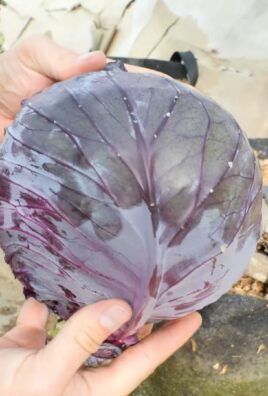
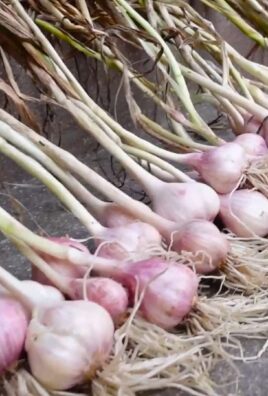
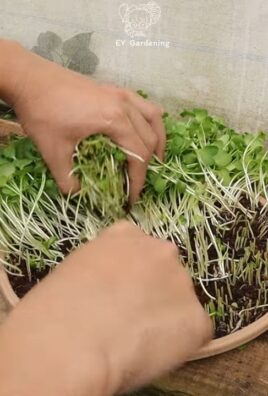
Leave a Comment